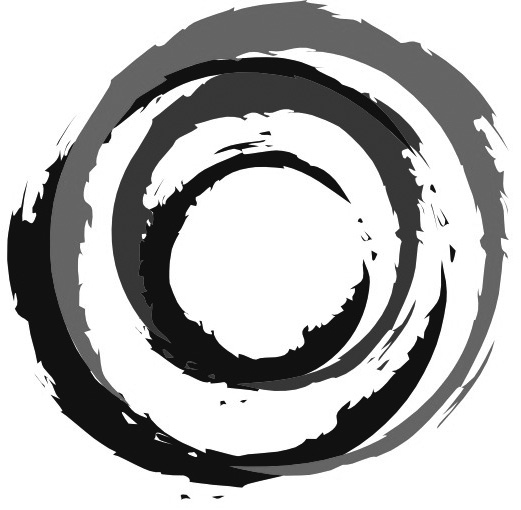Mushrooms and frass - signs of a distressed tree
/One of my favorite type of arborist projects are investigations into apparent tree disease and infestations. Tree diseases and infestations occur when fungi, insects and bacteria are able to penetrate defense mechanisms in the branches, trunk or roots and cause damage to a tree. Signs of infection by fungi are loose bark or soft wood, presence of mushrooms or conks, dead tree leader and stem breakage at the roots. Signs of infestation by wood boring insects include small random holes in exterior bark or exposed inner wood, egg galleries, frass and apparently non-point source sap flow.
Pileated woodpecker attacking ants in Douglas fir
Defense mechanisms in trees have been fairly well studied by arborists. We understand that different from animals, tree never ‘heal’ over. They secrete chemicals that block expansion of decay and produce new wood in areas that are weakened to strengthen trunks, roots and branches as needed.
Dr. Alex Shigo was a successful pioneer in developing and proving a theory of how trees decay and what a tree does to fight off infection. He called this process CODIT (Compartmentalization of Decay in Trees). What he found was that trees are able to resist decay by developing ‘walls’ around areas of infection. Some tree species are better or worse at developing these walls. Shigo found four types of walls that trees create to defend themselves against advancing decay.
Brown spongy root rot being walled off in costal redwood
Wall 1. The first wall is formed when the tree begins plugging up normally porous vascular tissue above and below the wound. This tissue runs vertically up and down the length of the stem, so plugging it slows the vertical spread of decay. Tissues are plugged in various ways, such as with tylosis. This wall is the weakest.
Wall 2. The second wall is formed by the cells of the growth ring interior to the wound, thus slowing the inward spread of decay. This wall is the second weakest, and is continuous except where intersected by ray cells (see next section).
Wall 3. The third wall is formed by ray cells, which are groups of cells oriented perpendicularly to the stem axis, dividing the stem into sections not entirely unlike the slices of a pie. These groups of cells are not continuous and vary in length, height and thickness, forming a maze-like barrier to lateral growth of decay. After wounding, some ray cells are also altered chemically, becoming poisonous to some microorganisms. This is the strongest wall at the time of wounding, prior to the growth of the fourth wall.
Wall 4. The fourth wall is created by new growth on the exterior of the tree, isolating tissue present at the time of infection from that which will grow after. This is the strongest wall, and often the only one, which will completely halt the spread of infection. When only the fourth wall remains intact, the result is something most people have seen walking through the woods or in a park: a living tree with a completely rotted-out interior. In such cases, all the tissue present at the time of injury has become infected, but new healthy tissue has been allowed to continue to grow outside of the fourth wall.
His work is accessible online: (http://www.na.fs.fed.us/spfo/pubs/misc/treedecay/cover.htm)
To ward off infestations from insects, trees secrete can sap, which blocks and pushes out invading insects that have made their way past the outer bark of a tree. Trees that are healthy and have adequate access to water are better prepared to initialize sap flow when insects begin penetrating the bark. Common insect pathogens are bark beetles, ants and termites.
Sap, frass and beetle entry holes in Douglas fir
Bark beetle entry holes and galleries
Climate change and globalization are recognized players in the increased spread and occurrence of pathogens in our native forests. Here in the Pacific Northwest that means potential loss of revenue from forestry, increased occurrence and intensity of wildfires, and changes to our favorite recreation areas.
The Pacific Northwest is home to a wide range of pathogens that affect our native trees. We have many native fungi and insects that thrive on decaying wood. We also have a range of pathogens that infect healthy wood. If you notice signs of distress in your tree, including any of the aforementioned symptoms of infection and infestation, contact BTND to assess the damages and provide an assessment of tree risk as needed.

